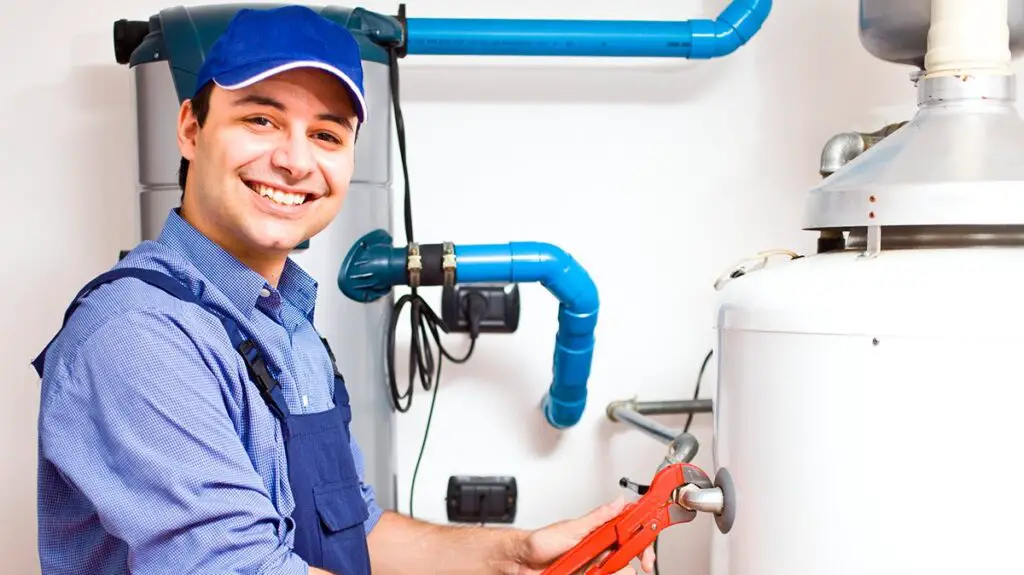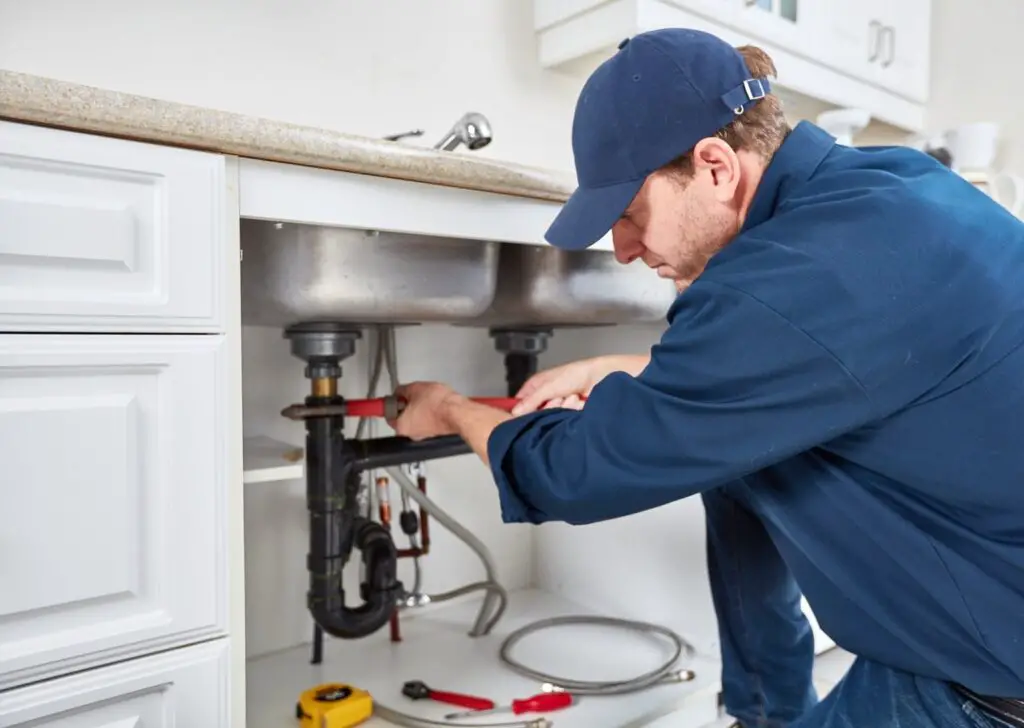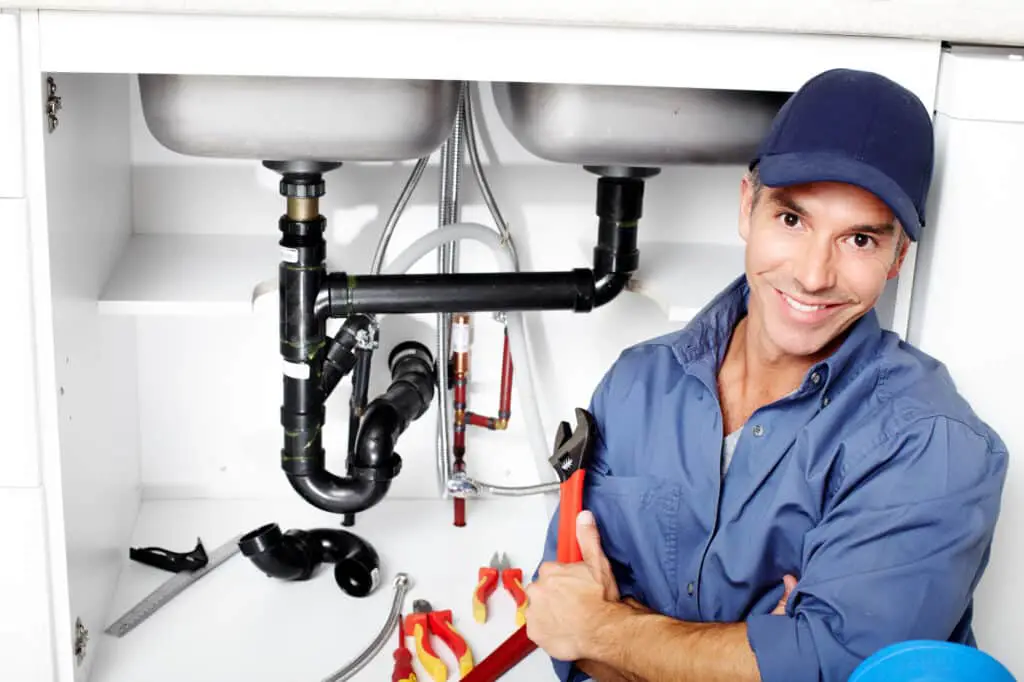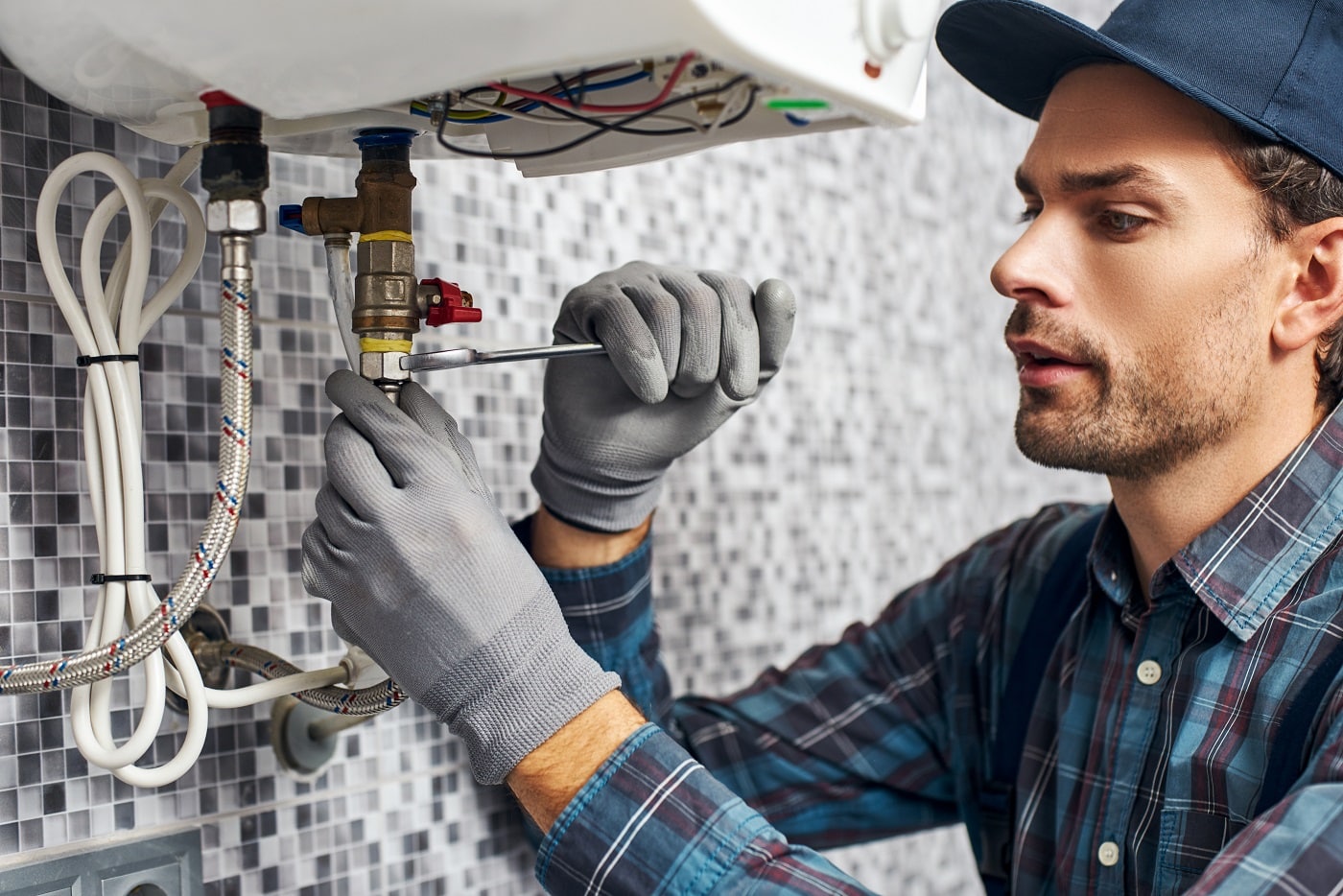When Did Houses Get Indoor Plumbing
Introduction:
When Did Homes Get Indoor Plumbing? Modern life relies on indoor plumbing for convenience and sanitation. However, discovering when houses originally had indoor plumbing systems is intriguing. In this introduction, we will examine the history of indoor plumbing and the milestones that led to its broad adoption in residential buildings.
Indoor plumbing dates back thousands of years to early civilizations’ indoor plumbing water supply and removal technologies. Residential indoor plumbing didn’t become common until the late 19th and early 20th centuries. Indoor plumbing systems were used due to advances in plumbing technology and infrastructure and greater access to clean water.
Indoor plumbing became popular in the US in the late 19th century. Before then, many homes used outdoor privies or outhouses for sanitation. City growth and advances in water supply and waste removal systems, such as municipal water and sewer systems, enabled indoor plumbing. By the early 20th century, many urban dwellings featured indoor toilets, sinks, and baths for comfort and hygiene.

When did indoor plumbing come around?
Until the 1840s, indoor plumbing only existed in rich people’s homes. In 1833, The White House became equipped with running water on the main floor.
Indoor plumbing, as we understand it today, has a long history that dates back thousands of years. However, the specific timeframes and developments can vary depending on the region and civilization being considered. I can provide a general overview of the evolution of indoor plumbing.
Ancient civilizations such as the Indus Valley Civilization, ancient Egypt, and ancient Mesopotamia had rudimentary plumbing systems as early as 2500 BCE. These systems typically included drainage channels and basic toilets connected to a central sewer system or nearby bodies of water.
The ancient Romans made significant advancements in plumbing around 500 BCE to 476 CE. Public bathhouses and private homes had access to running water and flushing toilets, utilizing lead and clay pipes.
Who invented indoor plumbing?
In 1826, Isaiah Rogers, an architect, designed the indoor plumbing system for his hotel, The Tremont Hotel in Boston.
The Romans, in particular, made significant advancements in plumbing systems. They developed an extensive aqueduct system to transport water from distant sources to cities and towns. In Rome, they constructed complex networks of pipes and sewers to distribute water and remove waste. The Roman engineer Marcus Vitruvius Pollio wrote extensively about plumbing in his architectural treatise “De Architectura,” which provided guidance on the construction of aqueducts, baths, and plumbing systems.
When did homes in England get indoor plumbing?
In the late 1800s, middle-class homes got indoor plumbing for cleanliness. But it wasn’t until the government stepped in and updated all homes in the second half of the 1900s.
In the 19th century, English homes had water inside. During the Victorian era (1837–1901), indoor toilets got better. Many homes have indoor plumbing now that the infrastructure for water supply and cleaning has been improved and new materials and technologies have been developed.
Hotels, castles, and homes with a lot of money have indoor plumbing first. There were lines, pumps, and simple toilets that could flush. As infrastructure got better and costs went down, more middle-class and working-class houses got piped water and indoor plumbing.
But growth was slow and not the same across the country. In the early 1900s, poor and rural places did not have indoor plumbing. Over the course of several decades, people from all walks of life in England got indoor water as local infrastructure improved, the economy changed, and social norms changed.
What did people do before indoor plumbing?
Pre-Indoor Plumbing Before the advent of indoor plumbing, people relied on various methods to meet their sanitary and water needs. Here are some common practices and alternatives that were used:
Outhouses
People often had outhouses or privies located outside their homes. These were small structures with a hole or pit dug into the ground, serving as a primitive form of a toilet. They were usually located at a distance from the main living areas to minimize odors.
Chamber pots
In many households, especially during the night or in bad weather, chamber pots were used as a convenient option. These were portable containers placed under the bed or in a designated area and emptied into a designated disposal area, such as a pit or a designated spot outside.
Public bathhouses
In urban areas, public bathhouses or communal bathing facilities were available for people to bathe and maintain hygiene. These establishments provided large bathing areas, often separated by gender, where people could access clean water and bathing facilities.

How important is indoor plumbing?
Modern plumbing prevents disease by keeping clean drinking water safe from human waste and effectively transporting the human waste to treatment plants.
Indoor plumbing is incredibly important for modern society and has significant impacts on public health, sanitation, convenience, and overall quality of life. Here are some reasons why indoor plumbing is considered vital:
Sanitation and Hygiene
Indoor plumbing allows for the disposal of waste and the supply of clean water, which is crucial for maintaining proper sanitation and hygiene. It helps prevent the spread of diseases and reduces the risk of contamination and waterborne illnesses.
Access to Clean Water
Indoor plumbing systems provide a convenient and reliable supply of clean water for drinking, cooking, and bathing. This access to safe water is essential for maintaining good health and preventing waterborne diseases.
Waste Removal
Indoor plumbing systems allow for the efficient and hygienic removal of human waste, preventing its accumulation and the associated health hazards. Proper waste disposal systems, such as toilets and sewer lines, are crucial for maintaining clean and livable spaces.
How often did people bathe before indoor plumbing?
However, showers didn’t catch on as there was still no indoor pipe systems to bring in the water. In Victorian times the 1800s, those who could afford a bath tub bathed a few times a month, but the poor were likely to bathe only once a year.
Before the advent of indoor plumbing, bathing practices varied greatly depending on factors such as geographic location, social status, and cultural norms. However, it is generally believed that bathing frequency was significantly lower compared to modern standards. Here are some common bathing practices before the introduction of indoor plumbing:
Ancient Civilizations
In ancient civilizations such as ancient Egypt, Greece, and Rome, public bathhouses were common. Wealthy individuals had access to private bathing facilities in their homes or estates. Public bathhouses were used by people from various social classes, and they often served as social hubs. While some individuals might bathe daily, others, especially those in lower social classes, might have bathed less frequently.
Middle Ages
During the Middle Ages in Europe, bathing was less frequent. Due to religious influences and the belief that bathing could lead to illness, many people regarded bathing as unnecessary or even harmful. Public bathhouses from ancient times were often abandoned or repurposed. Instead, people relied on methods such as using scented oils, perfumes, and changing clothes to mask body odor.
Renaissance and Early Modern Era
In Europe, attitudes towards bathing began to change during the Renaissance. Bathing became more common among the upper classes, who had access to private bathing chambers or tubs. However, the general population still had limited opportunities for regular bathing. People often used a basin or a portable tub filled with water brought in manually. Bathing might occur once a week or even less frequently.
How much of the world doesn t have indoor plumbing?
Around 60 percent of the world’s population — 4.5 billion people — either have no toilet at home or one that doesn’t safely manage human waste. Nearly 900 million people still practice open defecation.
Indoor plumbing is an essential aspect of modern sanitation and hygiene, enabling convenient access to clean water and proper waste disposal. However, it is unfortunate that not all parts of the world have achieved universal access to this basic necessity. As of my knowledge cutoff in September 2021, it was estimated that approximately 30% of the global population lacked access to indoor plumbing.
The availability of indoor plumbing varies greatly across regions and countries. Factors such as limited infrastructure, inadequate funding, and socio-economic disparities contribute to the lack of progress in these areas.
When was indoor toilet invented?
It was actually 300 years earlier, during the 16th century, that Europe discovered modern sanitation. The credit for inventing the flush toilet goes to Sir John Harrington, godson of Elizabeth I, who invented a water closet with a raised cistern and a small downpipe through which water ran to flush the waste in 1592.
The indoor toilet, as we know it today, was invented in the late 19th century. However, the concept of indoor sanitation and waste disposal dates back much further.
Early civilizations, such as the ancient Egyptians, Greeks, and Romans, had various forms of indoor toilets. For example, the ancient Romans had a sophisticated system of public and private toilets, known as “cloacae,” which were connected to an underground sewage system. These early toilets consisted of a seat or a hole over a drain that transported waste away from living areas.
The indoor toilet became more commonplace with the advancements made by inventors like Alexander Cumming, Joseph Bramah, and Thomas Crapper in the 18th and 19th centuries. These inventors improved upon Harington’s design and made significant contributions to the development of the modern toilet.

Conclusion
The introduction of indoor plumbing in houses has been a significant development in the history of modern living. While early civilizations had their own rudimentary plumbing systems, it was not until the late 19th and early 20th centuries that indoor plumbing became more prevalent in residential houses. Advancements in plumbing technology, improved water supply and waste removal systems, and the growth of cities all contributed to the widespread adoption of indoor plumbing.
Over time, indoor plumbing has become a standard feature in modern homes, with ongoing advancements in plumbing technology making it more efficient, convenient, and environmentally friendly. Today, indoor plumbing systems offer a range of features and fixtures that provide comfort and hygiene, from efficient toilets and showers to modern kitchen sinks and appliances. The introduction and widespread adoption of indoor plumbing have undoubtedly transformed the way we live, bringing improved sanitation, convenience, and comfort to households around the world.








